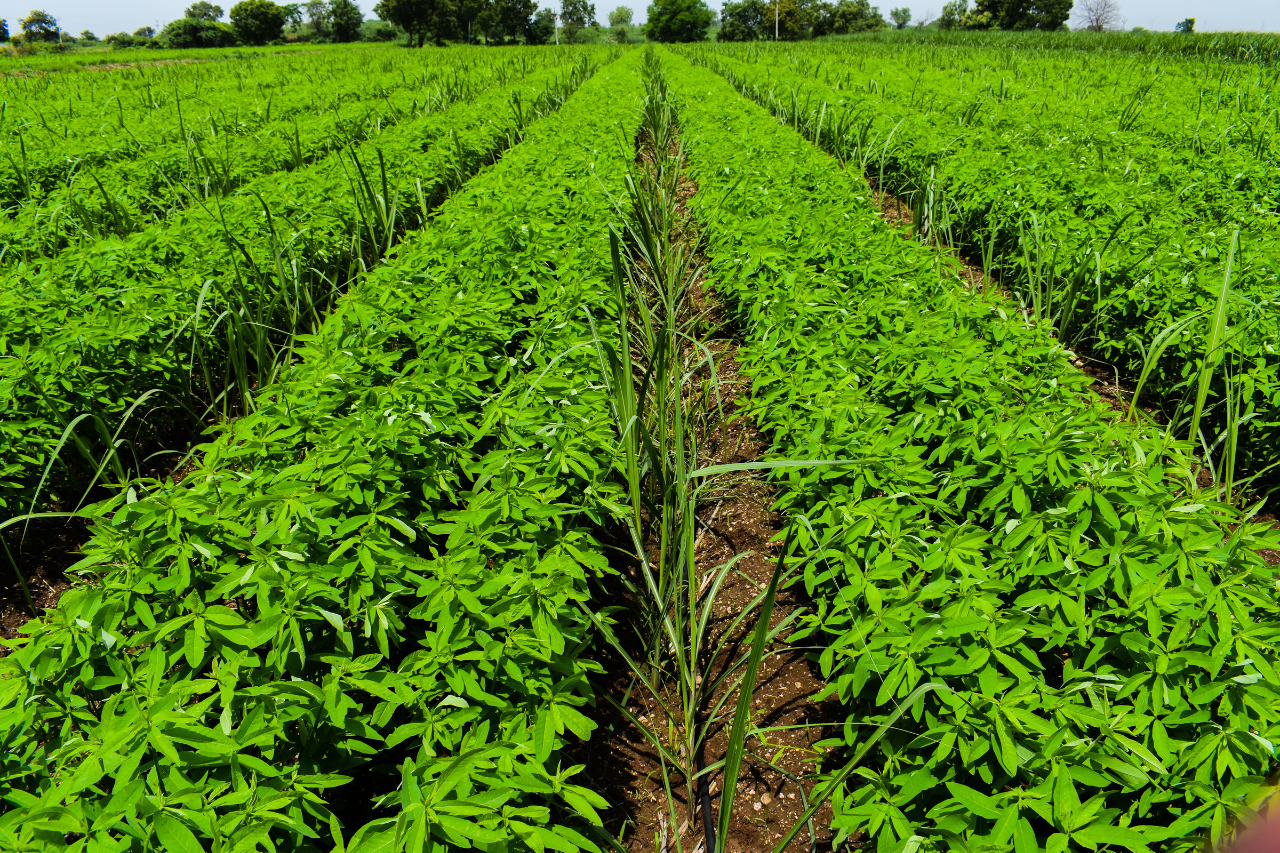
Pest infestations are among the biggest challenges Kenyan farmers face. The overuse of chemical pesticides not only harms the environment but also leads to pesticide resistance among pests. Enter push–pull technology—a revolutionary, organic method that uses nature’s own mechanisms to control destructive insects.
Developed by researchers in Africa, push–pull technology works by intercropping maize or sorghum with Desmodium, which repels pests (push), while Napier or Brachiaria grass is planted around the field to attract and trap them (pull). This method has proven highly effective in controlling fall armyworms and stemborers, two of Kenya’s most devastating pests.
Beyond pest control, push–pull has additional benefits. Desmodium enriches the soil by fixing nitrogen, reducing the need for synthetic fertilizers. It also suppresses Striga, a parasitic weed that destroys cereal crops. The Napier grass serves as high-quality livestock fodder, creating an extra income source for farmers.
Farmers who have adopted push–pull technology report increased yields, reduced input costs, and healthier crops. Despite its success, adoption remains low due to limited awareness and access to Desmodium and Napier grass seeds. Agricultural extension services and government support are essential to scaling up this innovation.
With the right investments, push–pull technology could revolutionize pest management in Kenya, making farming more sustainable, cost-effective, and environmentally friendly.

